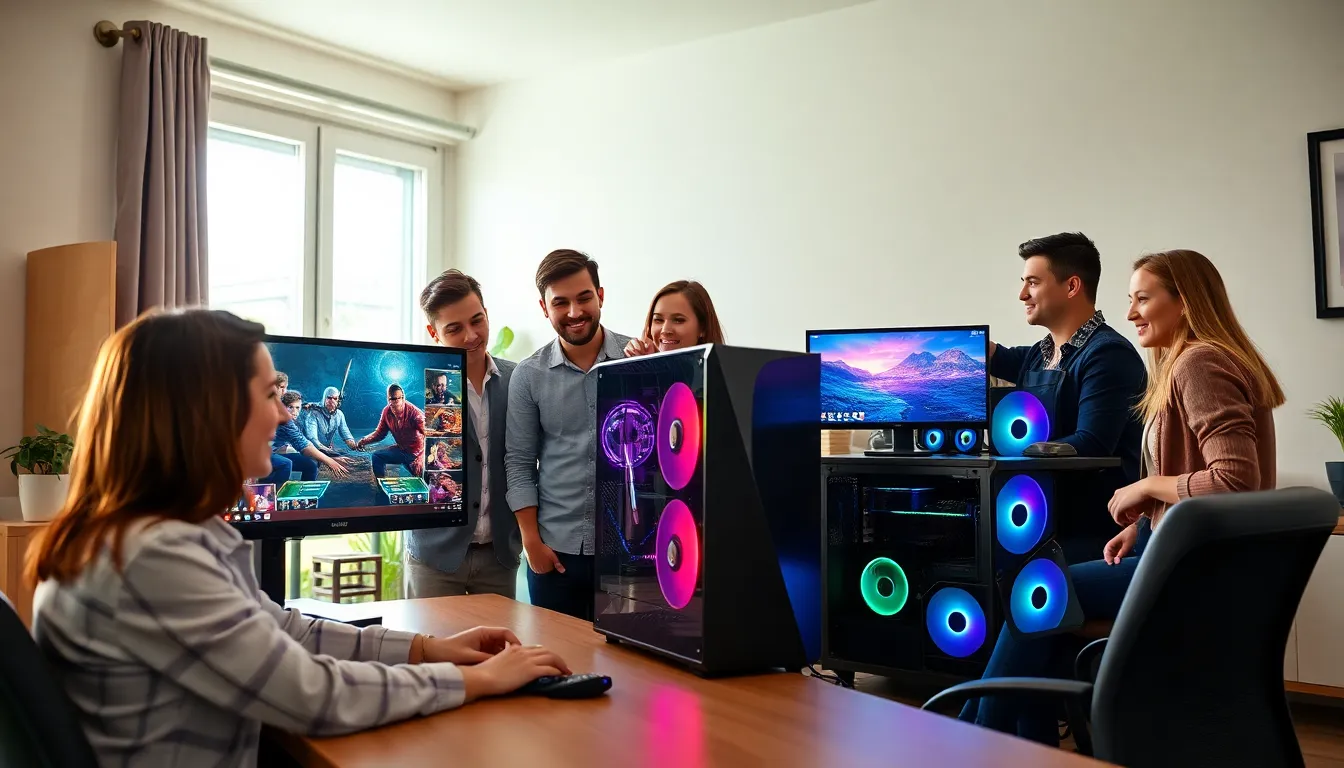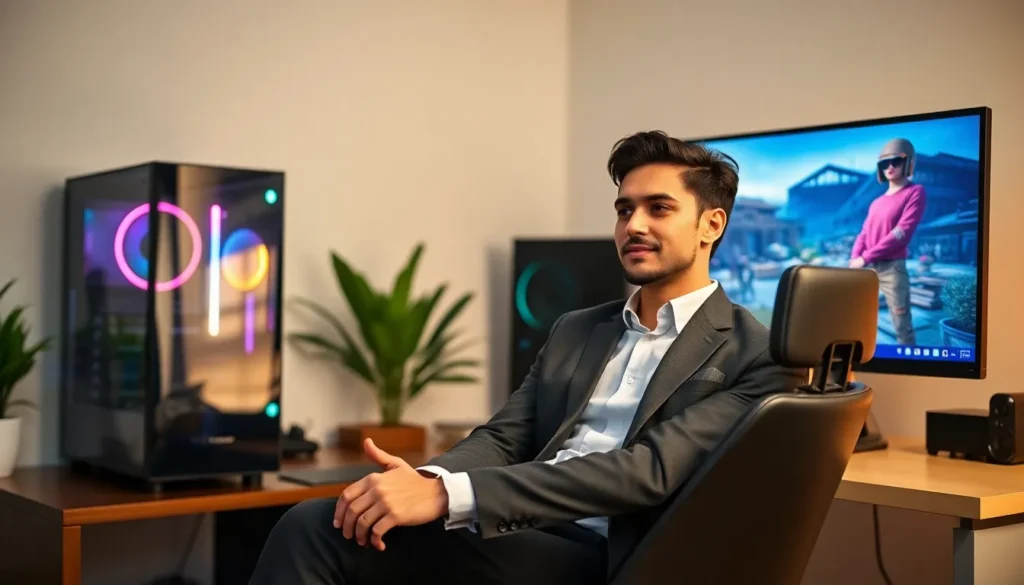Finding a good gaming PC under $1000 can feel overwhelming, especially with the endlessly evolving landscape of technology. But fear not. Whether you’re looking to play the latest titles or jump into multiplayer arenas, a budget-friendly gaming setup is absolutely achievable. This guide explores why choosing a gaming PC within this price range is practical, highlights the essential components to consider, presents the best pre-built options, and shares tips for both building and maximizing your budget. Let’s immerse.
good gaming pc under 1000

Key Components of a Gaming PC
Understanding the core components of a gaming PC helps in making informed choices, especially when shopping under $1000. Here’s a quick look at the essential parts:1. CPU (Central Processing Unit)
The heart of the PC, the CPU handles all instructions from programs and games. Look for budget-friendly options like AMD Ryzen 5 or Intel Core i5 processors, which offer a great balance between performance and price.2. GPU (Graphics Processing Unit)
The GPU is crucial for gaming. It renders images and ensures smooth gameplay. Budget options like the NVIDIA GeForce GTX 1660 or AMD Radeon RX 580 often provide an excellent gaming experience under $1000.3. RAM (Random Access Memory)
For gaming, at least 16GB of RAM is recommended. It allows for smoother multitasking and better performance, especially in demanding games.4. Storage
Consider SSDs (Solid State Drives) for faster loading times, though they can be pricier. A combination of a small SSD (for the operating system) and a larger HDD (for games and files) can be a budget-friendly solution.5. Motherboard
While it may not be the star of the show, a compatible motherboard is vital. Ensure it supports your CPU and has enough ports for future upgrades.6. Power Supply and Case
Always choose a reliable power supply unit (PSU), as it feeds power through your PC. The case can reflect your style and offers necessary cooling options, so pick one that’s both functional and visually appealing.Best Pre-Built Gaming PCs Under $1000
If building a PC isn’t appealing, several pre-built systems offer excellent performance without exceeding the budget:1. HP Pavilion Gaming Desktop
With an AMD Ryzen 5 processor and NVIDIA GTX 1650, it strikes a balance between price and performance. Its upgrade potential is an added bonus.2. CyberPowerPC Gamer Xtreme VR
This gaming desktop provides solid specs, including an Intel Core i5, a GTX 1660, and 8GB of RAM (upgradable). It’s a popular choice among gamers looking for an out-of-the-box solution.3. iBUYPOWER Element Mini 9300
For those tight on space, this compact option packs a punch. It features an AMD Ryzen 5, GTX 1650, and is designed for affordability and form factor.4. Skytech Archangel 3.0
Featuring a Ryzen 5 CPU and RTX 2060 graphics, it’s slightly above $1000 but often found on sale. Its performance in gaming is noteworthy, making it worth considering.Building Your Own Gaming PC Within Budget
Building a gaming PC allows for customization tailored to individual needs and often results in cost savings. Here’s how to approach building one under $1000:1. Set a Budget
Before sourcing parts, decide on a total budget for both the components and peripherals. This helps narrow down options.2. Research Parts
Use websites like PCPartPicker to compare prices and ensure compatibility. Take time to read reviews for each component, as user experiences can influence performance.3. Focus on Critical Components First
Prioritize spending on the CPU and GPU, as they significantly impact gaming. It’s better to invest in these parts first before allocating funds to less critical components.4. Look for Deals
Stay on the lookout for promotional sales, bundles, or refurbished items, which can provide significant savings.5. Assembly
If new to building, watch tutorial videos to guide the assembly process. It’s often simpler than it seems, and many users find it rewarding.Gaming Performance Expectations
When considering a gaming PC under $1000, understanding performance expectations helps manage players’ excitement. Here’s what to anticipate:-
- 1080p Gaming: This is the standard resolution for most budget gaming. Expect to run modern games at high settings smoothly.
-
- Frame Rates: Games should run at 60 FPS or higher, especially for competitive titles, allowing for a smoother experience.
-
- VR Compatibility: Many systems in this price range will not handle VR gaming exceptionally well. But decent performance is available with solid choices.
-
- Game Library: While many modern titles will play without issues, highly demanding games may need to be adjusted to medium settings for optimal performance.
Tips for Maximizing Your Budget
Maximizing the gaming experience while staying under budget requires strategic thinking:-
- Refurbished Models: Consider certified refurbished systems, as they often provide excellent performance at a reduced price.
-
- Upgrading Individually: Start with a base model and upgrade specific components (like RAM or storage) over time, rather than springing for the complete system.
-
- Avoid Over-Consumable Extras: Focus on core performance: things like fancy RGB lights, custom cases, or excessive peripherals can inflate prices unnecessarily.
-
- Join Gaming Communities: Seek advice and suggestions from online forums: they can offer insights, discounts, or even second-hand parts for sale.


More Stories
Sennheiser Headphones for Gaming
Gaming Chair Blue: The Ultimate Choice for Gamers
OLED Gaming Monitor 4K